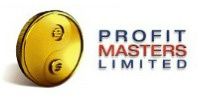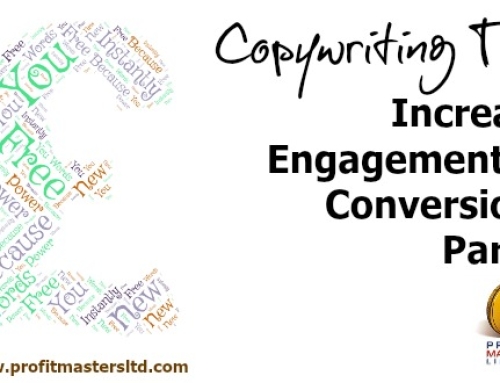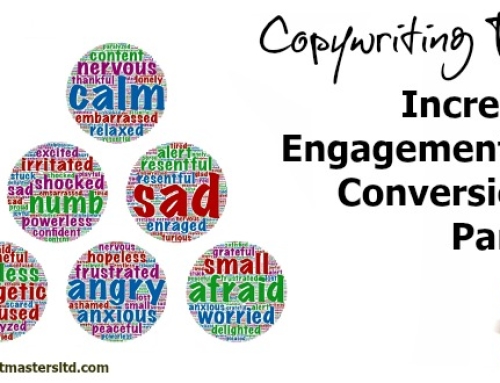I have been privileged to be invited to work with many businesses over the years, in a multitude of industries. I’m often introduced into stressful situations and met with a great deal of anxiety in respect of the events and position a business may be in at the time.
Stress and anxiety are extremely destructive to business owners, as these emotions become demanding, taking up a great deal of attention. This in turn can act like a set of ear phones and blind fold to the point that the business owner or manager is almost shut off and unresponsive to what the staff are saying or doing.
Often my role when beginning a relationship, is to observe key people in the business and point out both the obvious and more difficult actions that may be obstructing success. This could be de-motivational discussions, in an attempt to transfer some of the pressure away from management onto the team, through to pressure on salespeople to close the sale when it’s clear that there are too many shortcuts in the sales process.
Taking a step back and getting a bird’s eye view…
There are so many tools and techniques to help business owners reverse their fortunes or create even greater success. In this article I’ll discuss one of these tools which I call the bird’s eye view. Let me explain…
Every business operates on systems and processes. These can be marketing systems, sales systems, customer care systems and of course there are the administration systems and accounting systems. Every business owner should be focused on development and part of this is optimisation. This term means getting the best results from the capital employed in a given area of the business. Capital may be financial, time, supporting equipment and of course the people who run the systems.
It amazes me how rare businesses review their systems and processes to improve them. One good idea implemented per month can make sizeable differences in the outcomes or returns that process generates. Let’s take a simple sales system…
In sales there are basically three skills
- Prospecting
- Presenting (including questioning)
- Follow up
In B2B businesses this will be familiar. And yet, how many sales managers or business owners have taken the time to analyse the numbers and find ways of growing each element. Let’s disect this a little more.
Let’s assume you own a small business with say three sales people. Unless you have robust systems, each sales person will be left to their own devices to prospect. This could mean there are three individual systems at work and maybe all three are not that great.
From three sales people, let’s say they collectively they arrange 100 appointments with prospects per month.
This takes us into the presenting phase of the sales process. Let’s say that from this stage there are 25 good prospects who enter the final stage of follow up and from this 10 become a customer. So, the numbers are:
100 – 25 – 10 which of course is a 10% conversion. Some may say this is pretty good.
This business employs me to help improve sales and we hold a meeting with the sales team. Targets are set for a 10% improvement in each area. Let’s see what happens to the numbers now
110 – 38 – 15 which is now a 13% conversion. We increased prospecting by 10%, the initial conversion from 25% to 35% and the final stage of follow up from 40% to 50%.
By increasing each element by 10%, we do not get a 10% increase in conversion but a staggering 30%!
If you can measure it…
There’s a saying that “if you can measure it, you can manage it.” There’s a lot of truth in this statement but I believe it misses the point. Whenever you have a measurement, then you have a ratio. That ratio becomes the benchmark. It follows that a benchmark allows accountants to predict the future state of the company based on these figures.
As a B2B marketing and business growth consultant, I am more interested in beating the benchmark, by setting targets. Each member of the sales team will have ratios too if they have been monitored. They won’t all be the same. One or more of the team will be excellent at prospecting, others will be better at presenting and some will be extremely good at following up.
By harnessing the strengths of the team, it is possible to generate significantly better revenues through a series of brainstorming sessions aimed at generating fresh actionable ideas. These in turn become the best practices of the business and are incorporated into the systems. Taking our earlier example, if a mere 10% increase in each phase of the process can generate 30% additional revenues, achieved with the same resource as before, then what would happen if these figures were higher? The additional increases can quickly work through a business resulting in substantial turnaround profits.
If this article I’ve demonstrated a simple concept of the birds-eye view. By removing yourself from the centre of the situation, and elevate you to enable you to look down and dissect, this presents a very powerful position from which to conduct improvement meetings. Use this in your business to analyse your processes. This may unearth ratios you weren’t aware of. However, the important aspect is to understand the process and how you can create upside leverage that will propel your results forward.
By encouraging your team to be creative, and by implementing my installation process, your business will see continuous improvement in each phase of a process.
If you would like to know more about this concept and in particular the installation stage please contact us.







Leave A Comment
You must be logged in to post a comment.